Programme of the summer semester 2023
|
|
| |
|
20.04.2023
13:15, Lecture hall C.011
Dr. Philipp Spreter
(Universität Leipzig)
Calcification and proxy data in reef coral skeletons from acidified and eutrophic environments
This talk addresses the effects of low seawater pH and high nutrient levels on the calcification and certain environmental proxy data in reef coral skeletons. This information is essential to better interpreting patterns of calcification in fossil corals from the geological past with respect to its growth environment, and to predicting the future of reef corals in times of global change.
Bio: I received my PhD at the Institute of Geophysics and Geology at the University of Leipzig from 2018 to 2022. The project I was working on investigated reef coral skeletons from the Upwelling Zone of the northern Arabian Sea (Oman). A naturally low seawater pH and high nutrient concentrations allow this region to serve as a natural laboratory to study the effects of ocean acidification and eutrophication on reef coral calcification.
Invited by: Diego Kersting
|
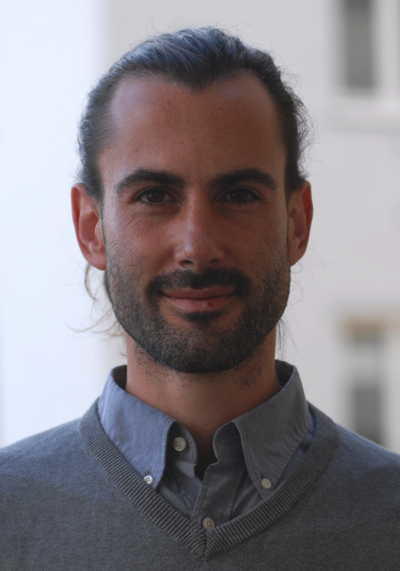 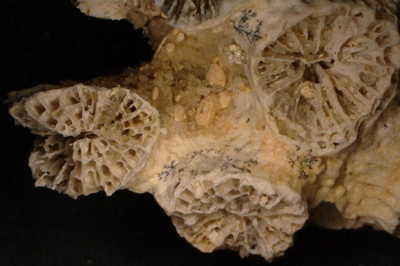 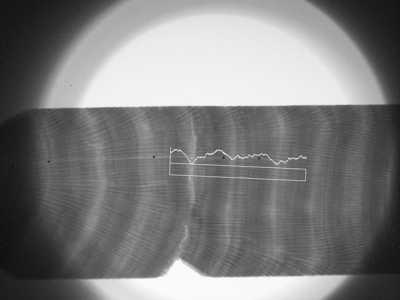
|
| |
|
11.05.2023
13:15, Lecture hall C.011
Prof. Mary Ford
(CRPG, Université de Lorraine, France)
Evolution of a low convergence collisional orogen: a review of Pyrenean orogenesis
The Pyrenean orogen was built by inversion of a complex rift system from Late Cretaceous to late Cenozoic. Due to low convergence between the Iberian and European plates and absence of oceanic subduction, this orogen preserves one of the best geological records of early orogenesis, the transition to main collision and the later transition to post-convergence. In this talk I will review current knowledge and debate on Pyrenean orogenesis, discuss controlling factors and relevance for other orogens.
I am a field-based structural geologist working on the dynamics of rifts, foreland systems and orogens in general with a particular interest in interactions between sedimentation and tectonics. I have worked on the western Alps, Pyrenees, northern Variscides, Corinth rift and Rhine Graben. I am a professor at the Université de Lorraine, Nancy, France.
Invited by: Eline Le Breton
|
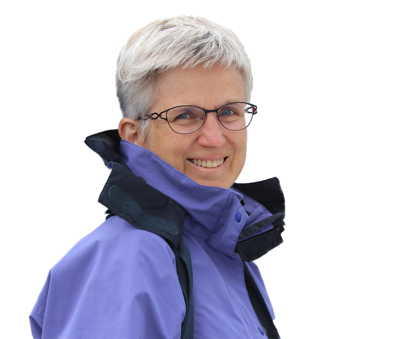 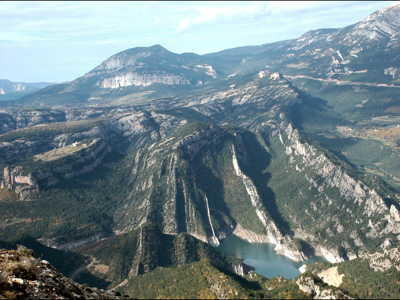 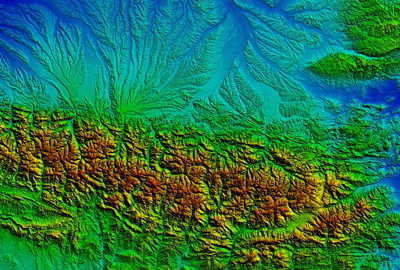
|
| |
|
Special lecture: TUESDAY 23.05.2023
16:15, Lecture hall C.011
Gabriel Tobie
(Univ. Nantes, France)
Tides in the Jupiter and Saturn systems: a driver for the habitability of ocean worlds
Tides are known to play a key role in the thermal activity of several moons around Jupiter and Saturn. Tidal heating can explain the existence of ongoing hydrothermal activities at the seafloor of Enceladus and potentially Europa, making these aqueous environments suitable for the emergence of life. Similar conditions might also be met inside Ganymede and Titan in the past. In this talk, I will address how tides affect the heat budget and thermo-chemical evolution of these moons, and how future explorations missions (ESA JUICE and NASA Europa Clipper) will further constrain these tidally-driven activities and the habitability of their subsurface oceans.
Bio: I'm CNRS researcher at "Laboratoire de Planétologie et Géosciences" (Nantes Université, France), with a main expertise in the internal dynamics of icy worlds. Using Cassini-Huygens data, I developped models explaining the origin of Titan's atmosphere and the processes controlling Enceladus's surprising activity. I'm currently involved in the ESA JUICE and NASA Europa Clipper mission, to better understand the surface-interior exchanges and characterize the subsurface oceans
Invited by: Frank Postberg
|
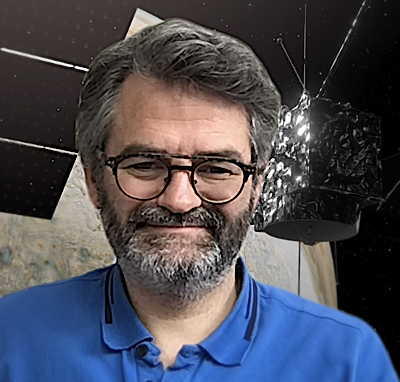 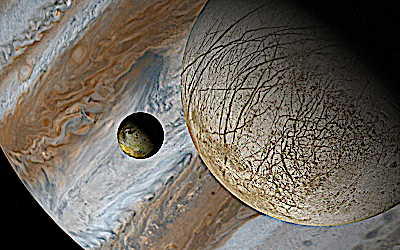 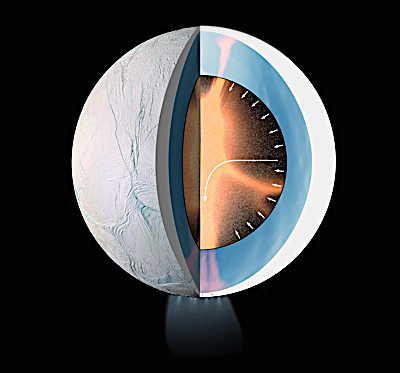 |
| |
|
01.06.2023
13:15, Lecture hall C.011
Prof. Dr. Stefanie Kaboth-Bahr
(Freie Universität Berlin)
Paleoclimatology – A window into the future of climate change?
Paleoclimate archives, such as marine and terrestrial sediment cores, provide a valuable record of past climate conditions and can serve as "sentinels" for predicting future climate change. By using methods of sedimentology, stratigraphy, and paleontology, it is possible to reconstruct the physical and biological conditions of the past and gain a deeper understanding of how ecosystem stability has responded to changes in the environment. In this talk, I will provide a review on advances and challenges in the field of paleoclimatology, and discuss its relevance for future climate change projections.
Bio: I am a newly appointed professor in Paleoclimatology at the Freie Universität Berlin in Germany. I am a paleoclimatologist and paleoceanographer with special interest in monsoonal variability, low- to high-latitude teleconnections as well as marine-terrestrial interferences throughout the Cenozoic.
For online participation, please use this meeting link (via WebEx):
https://fu-berlin.webex.com/fu-berlin-en/j.php?MTID=mfbb7e31e2c32693a41be2b4d15218eb9
Join by meeting number:
Meeting number (access code): 2730 786 5565
Meeting password: JmfG5PMRX58
|
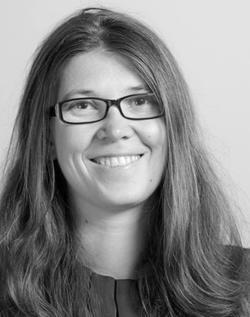 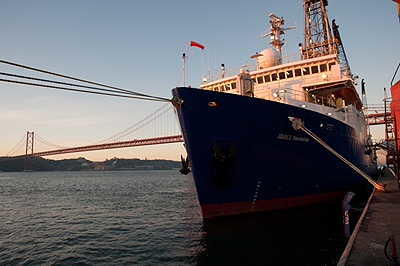 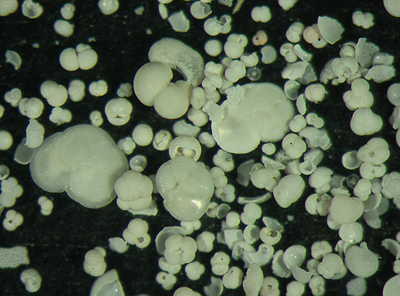
|
| |
|
08.06.2023
13:15, Lecture hall C.011
Dr. Frances Westall
(CNRS-Centre de Biophysique Moléculaire, Orléans, France)
Elusive life in the Universe
Life “as we know it” may be common on watery terrestrial planets, if we understand the natural evolution from chemistry to biology correctly. But what kind of life? The search for biosignatures on exoplanets is necessarily limited to those that can be detected at great distance, for example, atmospheres containing mixtures of oxidised and reduced gases, the oxygen coming from biological processes, or evidence of photosynthetic pigments, or even technosignatures. It is salutary to realise that any extraterrestrial search for biosignatures on the Earth would not have been able to detect anything until about 2.4 billion years ago (Ga) when excess oxygen started accumulating in the atmosphere, i.e. well after the consolidation of the Earth (4.56 Ga) and the probable emergence of life (somewhere between 4.3-4.2 Ga?).
So, what would be the most common forms of life – in the Solar System, in the galaxy, in the Universe? Most likely it would be a life form using a relatively simple metabolism, such as chemotrophy (oxidation of organic or inorganic substances). This would be the case of Mars and the icy satellites (we do not know whether Venus was even habitable nor for how long). Martian missions are searching for in situ traces of life and selecting samples for return to Earth. What are the fossilised traces of chemotrophs? Study of some of the oldest, well-preserved sediments on Earth provides us with examples that show us just how difficult it is to determine the biogenicity of chemotrophs, even with the best and most sophisticated techniques available. They also provide us with samples upon which we can train, in preparation for Mars Sample Return.
Bio: I am a South African-English geologist whose research interests have followed an eclectic but logical path from Marine Geology (BSc. Hons, University of Edinburgh, PhD, University of Cape Town, Alfred Wegener Institute, Bremerhaven) to the search for life in the Solar System. The fortuitous discovery of fossilised microbes in South Atlantic deep sea sediments brought me to Geobiology (University of Nantes, University of Bologna, both with Marie Curie Fellowships) and from there to the search for fossil microbes in the some of the oldest rocks on Earth (South Africa and Australia) (University of Bologna, NASA Johnson Space Center/LPI Houston as Senior Research Fellow, CNRS Orléans). Fossil microbes, in turn, brought me to the search for life on Mars. I was part of the ESA science team that first devised an (idealised) astrobiology mission to Mars (1997-1999). Since 2022 I have been head of the Exobiology group in Orléans, continuing my interest in the oldest traces of life on Earth, geobiology (fossilisation of microbes), prebiotic chemistry (the mainstay of the Exobiology Group), and the search for life on Mars. I have been co-chair and member of numerous ESA/NASA working groups and committees on Mars and was the successful proposer of two instruments for the ExoMars mission (now Co-PI of the close-up imager CLUPI). Since 2022 I am emeritus researcher and SO glad now to have time to continue my own research on the oldest traces of life on Earth without too many external responsibilities (PhD students, mentorship, editorial duties – I am a chief editor for Precambrian Research).
http://cbm.cnrs-orleans.fr/la-recherche/equipes-de-recherche/equipe-chimie-imagerie-et-exobiologie/exobiologie/
Some open access papers:
- Westall F, Hickman-Lewis K, Cavalazzi B, Foucher F, Clodoré L, Vago JL (2021). On biosignatures for Mars. International Journal of Astrobiology 1–17. https://doi.org/10.1017/S1473550421000264
- Vago, J.L., Westall, F., Pasteur Teams, Landing Site Selection Working Group, and Other Contributors 2017. Habitability on Early Mars and the Search for Biosignatures with the ExoMars Rover. Astrobiology 17, 471–510.
- Westall, F., Foucher, F., Bost, N., Bertrand, M., Loizeau, D., Vago, J.L., Kminek, G., Gaboyer, F., Campbell, K.A., Bréhéret, J-B., Gautret, P., Cockell, C.S., 2015, Biosignatures on Mars: what, where and how? Implications for the search for Martian life. Astrobiology, vol 15, pp 998-1029. http://doi.org/10.1089/ast.2015.1374
Invited by: Lena Noack
For online participation, please use this meeting link (via WebEx):
https://fu-berlin.webex.com/fu-berlin-en/j.php?MTID=mfbb7e31e2c32693a41be2b4d15218eb9
Join by meeting number:
Meeting number (access code): 2730 786 5565
Meeting password: JmfG5PMRX58
|
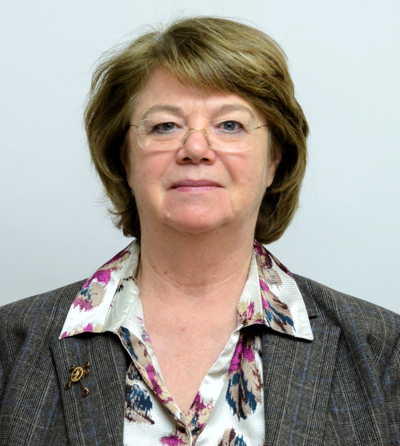 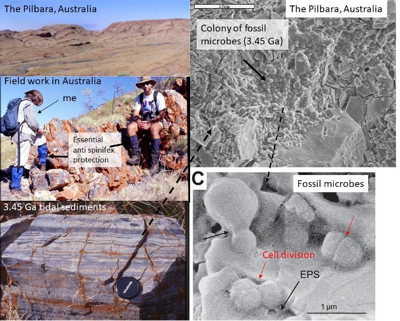 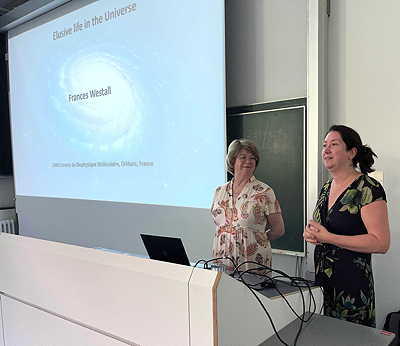 |
| |
|
15.06.2023
13:15, Lecture hall C.011
Dr. Arto Luttinen
(University of Helsinki)
The Jurassic Karoo mantle plume and its relationship to South Atlantic Ocean hotspots
The Jurassic ~183 Ma Karoo continental flood basalt (CFB) province in southern Africa and now separated Antarctica formed during the initial stages of Gondwana breakup.
Studies of primitive rock types have pointed to magma sources in the continental lithosphere and depleted convective mantle and the possible role of mantle plume sources has remained contested.
In this presentation, I present new evidence of the mantle sources of Karoo magmatism. Interestingly, the new chemical and isotopic (Sr, Nd, Pb, Os, W, O) data demonstrate remarkable similarity between the Karoo magma types and those of South Atlantic hotspot tracks. The results support significant plume sources for Karoo and provide new insights into the sources and evolution of the presently active South Atlantic plumes.
Bio: My career has focused on the Karoo CFB province. I took part in the first Finnish expedition to Antarctica in 1989 and returned from my 7th expedition in February. Additionally, I have carried out field campaigns in South Africa and Mozambique. I am senior curator at the Finnish Museum of Natural History and docent of geochemistry and petrology at the University of Helsinki. My other main interests relate to meteorites, application of geochemical tools in biology and archaeology, sailing, and carpentry.
https://researchportal.helsinki.fi/en/persons/arto-luttinen
Invited by: Elis Hoffmann
|
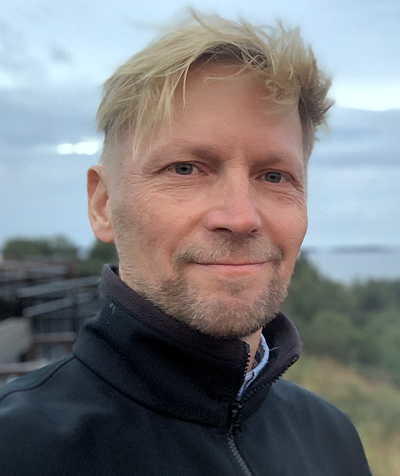 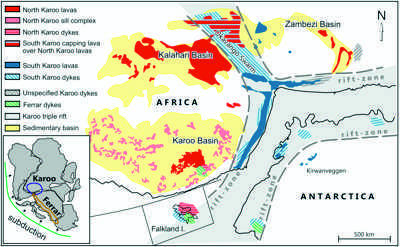 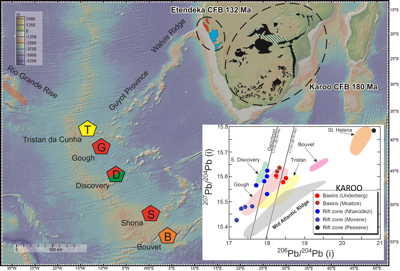 |
| |
|
22.06.2023
13:15, Lecture hall C.011
Dr. David Hindle
(Georg-August-Universität Göttingen)
Broken lithosphere in the Western alpine foreland and its implications for regional uplift
The European lithosphere appears to be flexurally "broken" in many places at many times. The evolution of the Jura-Molasse FTB suggests strongly that this was also the case in the Swiss Molasse basin in the Miocene. Mechanical and flexural modelling gives a strong indication of a large magnitude of regional vertical uplift in the peri-alpine area some time in the Late Miocene and onwards, but probably accompanying Jura shortening. This may have implications for other known Miocene uplift in the wider Central European platform.
Bio: Originally from England, I studied in Manchester and Royal Holloway, London, followed by a PhD at the University of Neuchâtel, with the late Martin Burkhard, on microstructural indicators (calcite twins) in the Molasse Basin, and their relationship to large scale tectonics of the Jura-Molasse FTB. Since then, I've been involved in a mixture of tectonics (Northeastern Siberia, Andes), numerical geodynamics (Jura Mountains, Central Europe/Harz) and regional geology. I'm also a bit involved in geodynamics of the India-Eurasia collision zone.
Invited by: Eline Le Breton
|
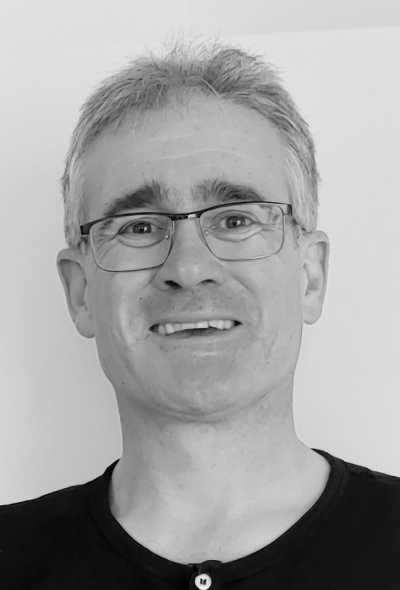 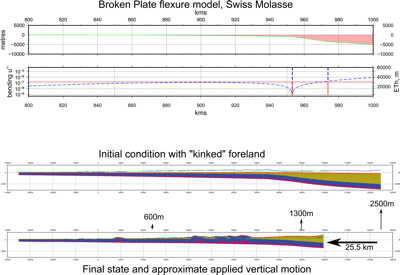
|
| |
|
29.06.2023
13:15, Lecture hall C.011
Prof. Dr. Nikolaus Froitzheim
(Universität Bonn)
Permian rifting and the relations between the Southern and Eastern Alps
In the Early Permian, the crust of the Southern Alps was stróngly extended in ~N-S direction. Metamorphic core complexes and detachment faults formed synchronously with granitoid intrusion into the footwall and volcanism at the surface. Magmatism also locally occurred in the Late Permian and Middle Triassic. A deep Permian rift in the Austroalpine evolved into a subduction zone in the Cretaceous. This subduction zone first consumed Austroalpine continental crust and then Penninic oceanic crust.
Bio: Niko Froitzheim studied at TU München, made his PhD about the High Atlas of Morocco in Bonn, worked at ETH Zürich and Basel University and is a professor in Bonn since 1998. He has worked about rifting and collisional orogeny, with a special focus on the Alps.
Invited by: Jan Pleuger
|
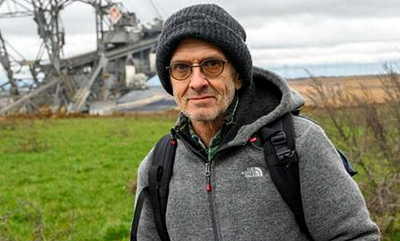 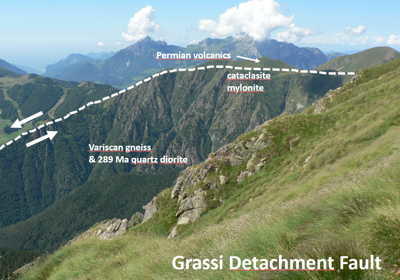 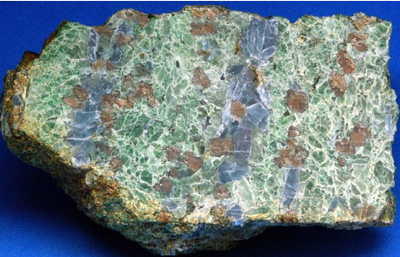 |
| |
|
06.07.2023 - postponed to 02. November 2023
13:15, Lecture hall C.011
Prof. Daniel Vollprecht
(Universität Augsburg)
Mineralogy meets Waste Management - From Mineral Wastes to Waste Mineralogy
Invited by: Susan Schorr
|
|
| |
|
13.07.2023
13:15, Lecture hall C.011
Dr. Maëlis Arnould
(Université Lyon1)
Rheological controls on mantle convection and surface tectonics: insights from global-scale numerical modelling
Mantle and lithospheric dynamics of terrestrial planets are intimately related processes. However, despite the large number of numerical models and laboratory experiments on this topic, what finely controls the fact that a planet is in stagnant-lid or in mobile-lid is still unclear. This uncertainty notably arises from the fact that multiple factors, such as lithospheric rheology, and/or compositional heterogeneities, and/or mantle properties, likely play an important role in the generation of plate tectonics.
In this presentation, I will first give an overview of the potential rheological parameters controlling the development of a plate-like behavior in numerical models of mantle convection. Then, I will explore the role of mantle and lithosphere rheology on surface tectonics in numerical models of whole-mantle convection self-generating plate-like behavior. I will focus on the role of strain-weakening and of composite rheology with constant or evolving grainsize, and study how these non-linear effects possibly affect the generation of a plate-like behavior.
Biography: I am a geodynamicist working on the surface expressions of whole-mantle convection, thanks to numerical models obtained with the StagYY code, developed at ETH Zurich by Pr P. Tackley. After a PhD in cotutelle between ENS Lyon, France and the University of Sydney, Australia, and 2 postdocs (at ENS Paris, France, and at the University of Oslo, Norway), I came back to Lyon, where I work as an Assistant Professor at the University Lyon 1 since 2020.
Homepage: http://lgltpe.ens-lyon.fr/annuaire/arnould-maelis
Invited by: Lena Noack
For online participation, please use this meeting link (via WebEx):
https://fu-berlin.webex.com/fu-berlin-en/j.php?MTID=mfbb7e31e2c32693a41be2b4d15218eb9
Join by meeting number:
Meeting number (access code): 2730 786 5565
Meeting password: JmfG5PMRX58
(no questions possible, to join the discussion please use the link above to the WebEx meeting)
|
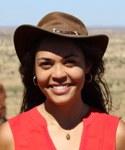 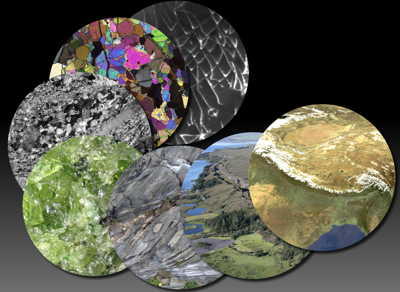 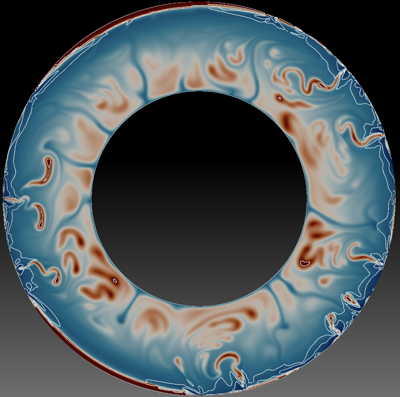
|
| |
|
|
|
| |
|
|
|
The programme and lecture information are distributed via the colloquium mailing list: https://lists.fu-berlin.de/listinfo/geokolloquium.
You can subscribe to the list yourself via the link. We usually send out the announcement of the lectures at the beginning of the week in which a lecture takes place, as well as a short reminder on the day of the lecture, nothing more.
Über die Kolloquiums-Mailingliste werden das Programm und Vortragsinfos verteilt: https://lists.fu-berlin.de/listinfo/geokolloquium.
Sie können sich über das Link selbst zur Liste anmelden. Wir verschicken die Ankündigung der Vorträge meist am Anfang der Woche, in der ein Vortrag stattfindet, sowie eine kurze Erinnerung am Tag des Vortrags, mehr nicht. |
|
| |
|

























